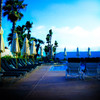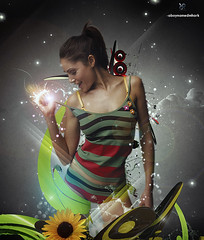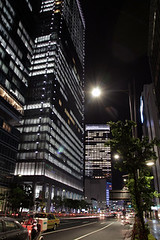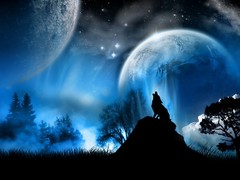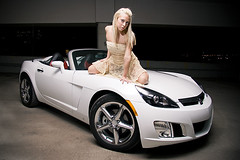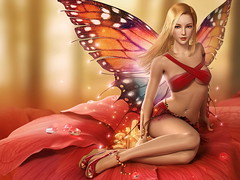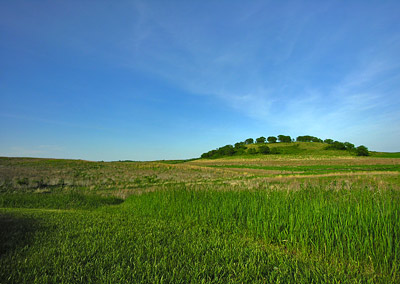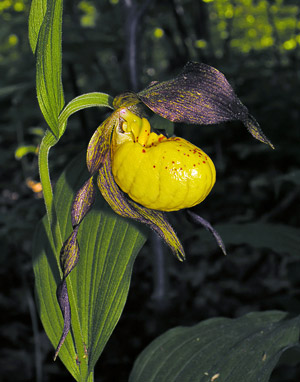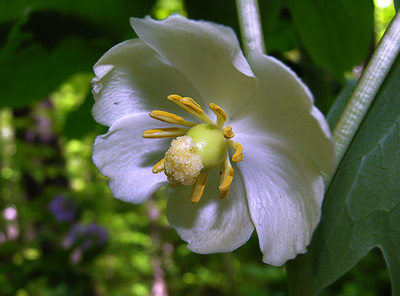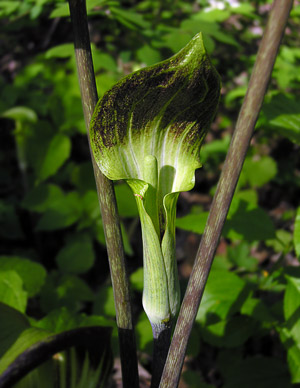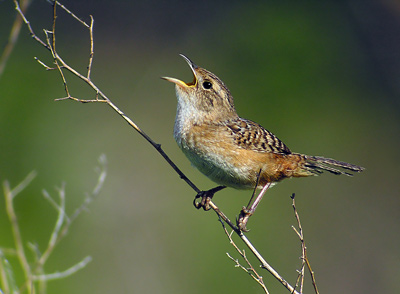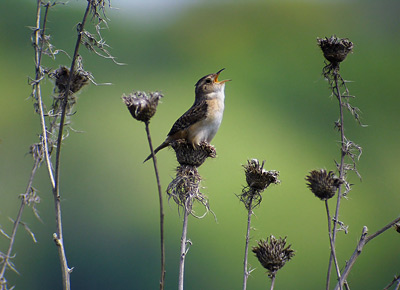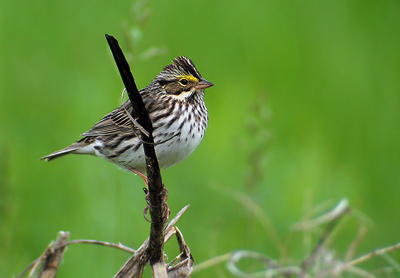Someone posted on Madison Audubon's message board that a phalarope at Goose Pond was a cooperative photography subject, which elicited a rather snooty response:
"Ah, the lust for the photograph! What it won't lead a person to do. Too bad for the environment."
Nature photography hurts the environment? If so, I must have utterly destroyed Pheasant Branch Conservancy and Baxter's Hollow in the past few weeks. I'm pretty sure I know where this holier-than-thou attitude spawns from, but I'm not going to mention his name. MAS Board messages are usually posted anonymously, making it ripe for sarcasm and abuse. With anonymity, there's no sense of personal responsibility and accountability behind such callow taunts; they don't own their words. Nevertheless, I feel there is one person behind this and other similar comments routinely posted to the message board.
It begs a question, though. If pointing a camera lens or digiscoping setup at a bird harms the environment, then don't binoculars do so, too? If the snobby birder uses binoculars, then I think he's being a bit of a hypocrite. In that context, the comment seems like a directive suggesting we should all just stay home. Yes, there may be a minority of nature photographers out there who should have their ethics tweaked a little, but there are also a few particularly nasty self-righteous birders in Madison.
My "destruction" of the environment began this morning at Baxter's Hollow during the Madison Audubon field trip led by Aaron Stutz. Birds were high up in the canopy for the most part, so while listening to singing Cerulean Warblers, Hooded Warblers, and Acadian Flycatchers, I put my Nikon Coolpix 8400 in macro mode for wildflower photography. My favorite of the morning was this Yellow Lady's Slipper, a beautiful native orchid:
Yellow Lady's Slipper
May Apple
Jack in the Pulpit
After Baxter's, I went home, took a nap, and then headed out to the prairie and savanna parcel of Pheasant Branch Conservancy. Sedge Wrens were extremely abundant – their songs repeated in tandem and trades with Common Yellowthroats and Yellow Warblers.
Sedge Wren
Sedge Wren
Savannah Sparrow
Orchard Orioles and Baltimore Orioles created a joyful accent to the late afternoon choir. I also heard a Yellow-billed Cuckoo. Now that spring migration is drawing to a close, I'll be spending less time in the stream corridor and more time at the prairie. With so many colors offered by feather and pedal, May will be fondly remembered.
"I have always been amazed that, like music lovers who can identify the composer after hearing only the opening bars of a sonata, serious bird-watchers can identify so many different birds by their songs. To distinguish subtleties - whether of music or birdcall - requires both stillness and the careful and attentive listening that is a form of love."
Anne D. LeClaire - Listening Below the Noise
Link: Bird Talk with Photographer Mike McDowell
All images © 2009 Mike McDowell

